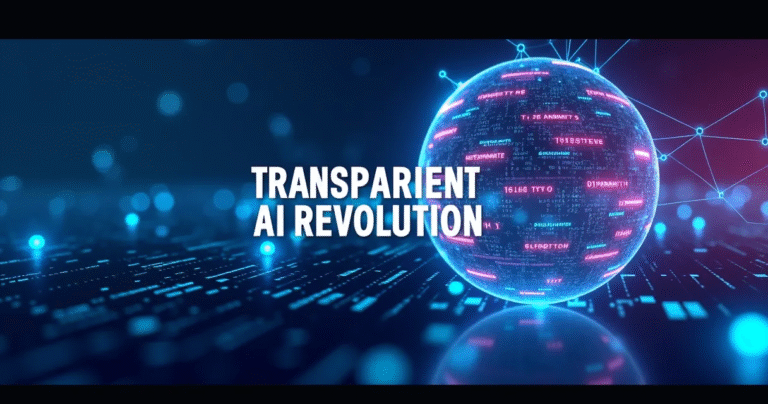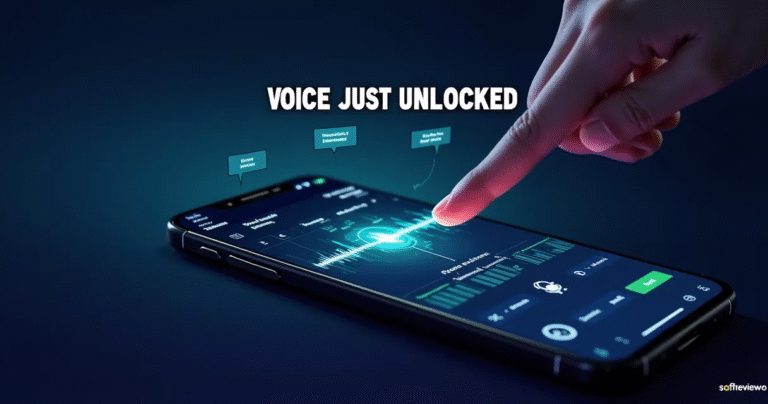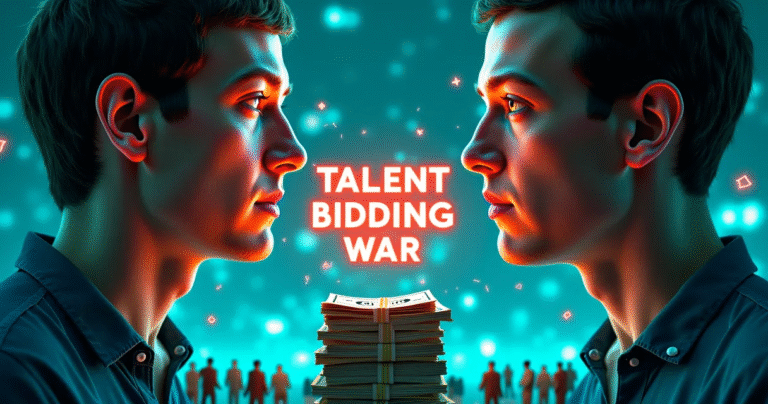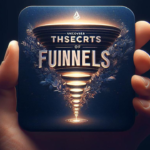✨ Grok AI: Key Features & Capabilities
Discover how Grok, developed by xAI, brings unique functionality to the AI landscape through its innovative feature set.
🔄 Real-Time Data Access
Grok leverages X (Twitter) for live updates, ensuring answers reflect current events and trends, providing users with the most up-to-date information available.
🎭 Dual Interaction Modes
Switch between Regular Mode (practical answers) and Fun Mode (humorous, edgy tone) based on your preferences and conversational needs.
🧠 Multimodal Processing
Handles text, images, code, and diagrams, enabling visual-driven insights and problem-solving across various formats and information types.
⚙️ Advanced Reasoning
Grok 3 uses LLM scalability and reinforcement learning for extended problem-solving and error correction, delivering more sophisticated analytical capabilities.
🎨 Image & Code Generation
Creates visuals via Aurora and converts diagrams into functional code, bridging the gap between conceptual design and technical implementation.
🔍 DeepSearch Functionality
Scans web and X/social data for detailed, synthesized responses, providing comprehensive insights drawn from diverse online sources.
Grok Adds Memory and Canvas: A New Era for xAI’s Chatbot
In April 19, 2025, xAI’s Grok chatbot received a significant upgrade, adding both memory and canvas features. These enhancements aim to make Grok a more versatile and powerful AI assistant, capable of remembering past conversations and providing a collaborative workspace for creative and technical projects. This moves Grok closer to competing with established AI platforms like ChatGPT and Claude.
Grok Gains a Memory: Personalized AI Interactions 🧠
One of the most notable additions is the memory feature. This allows Grok to remember past interactions with users, enabling it to provide more personalized and relevant responses. Instead of treating each conversation as a fresh start, Grok can now draw upon previous discussions to offer tailored recommendations and advice.
Here’s how the memory feature enhances the user experience:
- 📌 Personalized Responses: Grok can tailor its responses based on your past interactions.
- 📌 Context Retention: Grok remembers details from previous conversations, providing better context for current discussions.
- 📌 Improved Recommendations: Grok can offer more relevant recommendations based on your preferences and history.
xAI emphasizes that users have control over their data. You can verify what information Grok retains and delete data if desired, ensuring transparency and privacy. To manage your Grok’s memory, you can access and modify its settings via a data control page.
It’s important to note that due to regulatory constraints stemming from the EU’s AI Act, the memory feature is not currently available in the European Union (EU) or the United Kingdom (UK). The AI Act addresses issues such as cross-session data storage, personalization, and data retention.
Unleashing Creativity with Grok Studio: The New Canvas Feature 🎨
In addition to memory, Grok now boasts a canvas feature called Grok Studio. This provides a dedicated workspace where users can collaborate with Grok on a variety of creative and technical projects. Grok Studio opens a separate window alongside Grok’s chat interface, allowing real-time collaboration between the user and the AI.
Grok Studio enables users to:
- ✅ Generate Documents: Create essays, reports, and other written content.
- ✅ Write Code: Generate and edit code in various programming languages, including Python, JavaScript, C++, and more.
- ✅ Develop Applications: Prototype browser-based apps and games.
- ✅ Collaborate in Real-Time: Work together with Grok on projects in a split-screen interface.
This collaborative environment is designed to streamline workflows and minimize context-switching. A preview tab allows users to instantly view HTML snippets or run code, making it particularly useful for developers. Furthermore, Grok Studio integrates with Google Drive, allowing Grok to manage documents, spreadsheets, and slides, potentially making it a more powerful tool for comprehensive AI-assisted productivity solutions.
Grok vs. the Competition: How Does it Stack Up? 🤔

The addition of memory and canvas features positions Grok as a stronger competitor to other AI platforms, such as OpenAI’s ChatGPT and Anthropic’s Claude. Both ChatGPT and Claude offer similar canvas-like interfaces for writing and coding. However, Grok distinguishes itself with its Google Drive integration and its real-time access to data from X.
Here’s a comparison table highlighting key features:
| Feature | Grok | ChatGPT | Claude |
|---|---|---|---|
| Memory | Yes | Yes | Yes |
| Canvas | Yes (Grok Studio) | Yes (ChatGPT Canvas) | Yes (Claude Artifacts) |
| Google Drive Integration | Yes | No (officially) | No (officially) |
| Real-time Data Access | Yes (via X) | Limited | Limited |
| EU/UK Availability | Memory feature unavailable in EU/UK | Memory feature available | Memory feature available |
How Does the Nova Act Compare to Grok in Terms of AI Capabilities?
When comparing AI capabilities, amazon’s nova act for automation offers a robust framework tailored for efficient workflow integration. In contrast, Grok excels in natural language processing, enhancing user interaction. Both frameworks leverage advanced algorithms but focus on distinct areas, making them suitable for varying automation needs across industries.
Expert Opinions on Grok’s New Features 🗣️
Industry experts have weighed in on Grok’s latest enhancements, noting the potential impact on the AI landscape.
“Grok’s new memory feature is a significant step towards creating a more personalized and engaging AI experience,” says Dr. Anya Sharma, AI researcher at the Institute for the Future. “By remembering past conversations, Grok can provide more relevant and helpful responses, making it a more valuable tool for users.”
However, some experts caution that Grok still has room for improvement. “While the addition of memory and canvas features is a positive development, Grok still lags behind ChatGPT and Claude in terms of reasoning and contextual understanding,” notes Mark Chen, AI analyst at Tech Insights. “xAI needs to continue to invest in improving Grok’s core AI capabilities to truly compete with the leading platforms.”
What’s Next for Grok? The Road Ahead 🚀
xAI has ambitious plans for Grok’s future, with a focus on further enhancing its multimodal capabilities and expanding its integration with other platforms. The company aims to develop AI systems that can seamlessly connect the physical and digital worlds, closely resembling human perception.
Future developments may include:
- 👉 Enhanced Multimodal Capabilities: Grok could gain the ability to process audio and video, in addition to text and images.
- 👉 Improved Reasoning and Contextual Understanding: xAI will likely focus on enhancing Grok’s core AI capabilities to improve its reasoning and contextual understanding.
- 👉 Deeper Integration with X: Grok could become even more integrated with the X platform, providing users with a seamless AI-powered experience.
Grok’s Evolution: A Step Towards the Future of AI? 🤔
The addition of memory and canvas features represents a significant step forward for Grok. These enhancements make Grok a more versatile, collaborative, and personalized AI assistant. While it still faces competition from established platforms, Grok’s unique features and its integration with X position it as a compelling option for users seeking a powerful and engaging AI experience. As xAI continues to develop Grok, it will be interesting to see how it evolves and shapes the future of AI.







